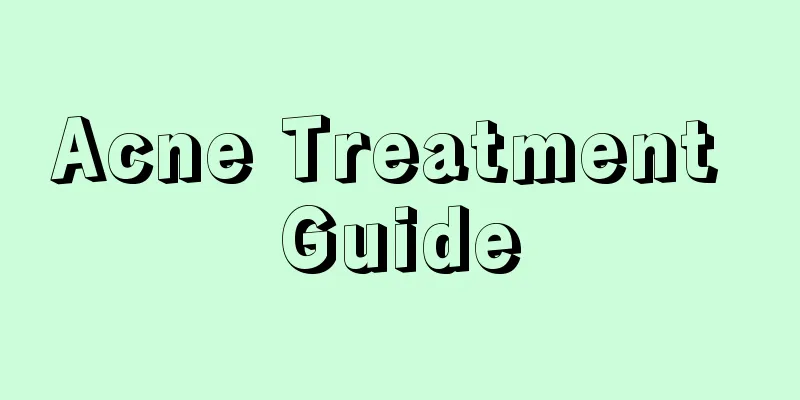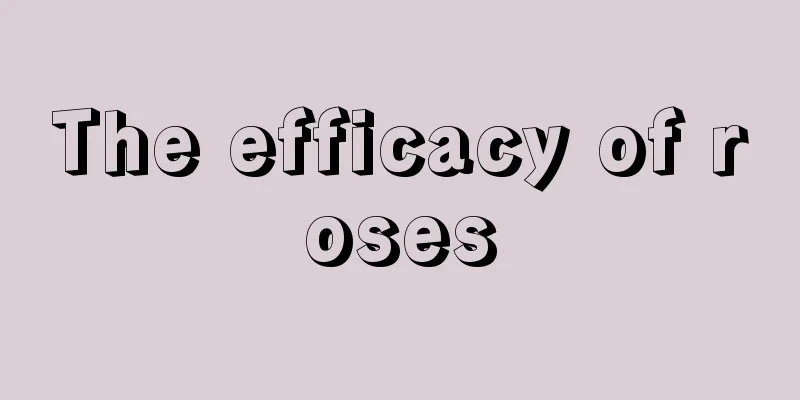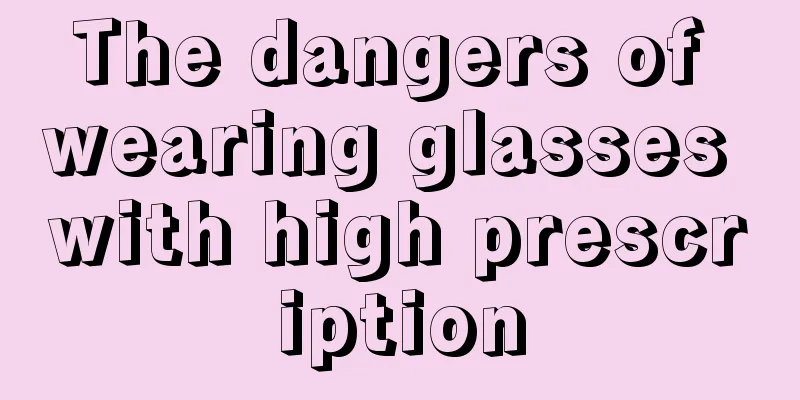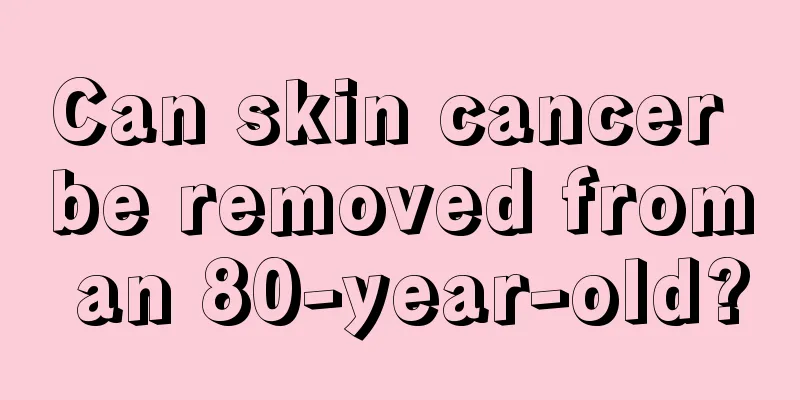Acne Treatment Guide

|
If acne is not treated fundamentally, it will recur, which will cause acne. In fact, acne and pimples are the same skin disease in a sense, and the recurrence rate of acne is very high. Even if the acne in the affected area is healed, acne may appear in other areas the next day. So when it comes to treating acne, what are some fundamental methods that can be used? Topical medications Topical retinoids It has the functions of regulating the differentiation of epidermal keratinocytes, improving keratinization of hair follicle sebaceous gland ducts, dissolving micro-acne and acne, and anti-inflammatory. It also has the functions of controlling post-inflammatory pigmentation of acne and improving acne scars. When used in combination with anti-inflammatory and antibacterial drugs, it can increase the skin permeability of related drugs. Topical retinoids are the sole first-line medication for mild acne, combination medication for moderate acne, and the preferred medication for maintenance treatment of acne. Currently commonly used topical retinoids include first-generation retinoids such as 0.025% to 0.1% all-trans retinoic acid cream or gel and isotretinoin gel, and third-generation retinoids such as 0.1% adapalene gel. Adapalene is superior to all-trans retinoic acid and isotretinoin in terms of tolerability and safety, and is more effective than all-trans retinoic acid in treating non-inflammatory skin lesions. It can be used as a first-line drug for topical retinoids in the treatment of acne. Topical retinoic acid drugs often cause mild skin irritation reactions, such as local erythema, desquamation, tightness and burning sensation, but these reactions will gradually disappear with prolonged use. It is recommended to use it in low concentration or small area, once a night, away from light. Benzoyl peroxide It is a peroxide, which can slowly release new ecological oxygen and benzoic acid after external application, which has the effects of killing Propionibacterium acnes, dissolving acne and astringent. It can be formulated into lotions, emulsions or gels with different concentrations of 2.5%, 5% and 10%. A few sensitive skins may experience mild irritation, so it is recommended that sensitive skins start with low concentrations and a small area for trial use. Benzoyl peroxide can reduce the occurrence of drug resistance of Propionibacterium acnes. If the patient can tolerate it, it can be used as one of the first choice topical antibacterial drugs for inflammatory acne. This drug can be used alone or in combination with topical retinoic acid drugs or topical antibiotics. Topical antibiotics Commonly used topical antibiotics include erythromycin, lincomycin and its derivatives clindamycin, chloramphenicol or chloramphenicol, etc. They are prepared with ethanol or propylene glycol at a concentration of 1% to 2%, and have good efficacy. 1% clindamycin phosphate solution is a water-soluble emulsion that does not contain oil or ethanol and is suitable for patients with acne who have dry and sensitive skin. In recent years, it has been found that topical fusidic acid cream has a good killing effect and anti-inflammatory activity against Propionibacterium acnes, and has no cross-resistance with other antibiotics. It can also be used as one of the options for topical antibiotics in the treatment of acne. Since topical antibiotics can easily induce drug resistance in Propionibacterium acnes, they are not recommended for use alone. Instead, they are recommended for combined use with benzoyl peroxide or topical retinoids. Disulfide 2.5% disulfide sun lotion has the function of inhibiting fungi, parasites and bacteria, and can reduce the free fatty acid content in the skin. To use: After cleansing the skin, slightly dilute the solution and apply evenly to the area with obvious seborrheic dermatitis, then wash with clean water after 3 to 5 minutes. Other topical medications 5% to 10% sulfur lotion and 5% to 10% salicylic acid cream or gel have inhibitory effects on Propionibacterium acnes and have mild exfoliating and antibacterial effects, and can be used to treat acne. It is generally recommended that topical antibacterial and anti-inflammatory drugs be applied to skin lesions. Topical retinoic acid drugs are recommended to be applied to skin lesions and acne-prone areas at the same time due to their anti-microacne effects. Treatment usually takes 8 to 12 weeks or longer. |
<<: Is snow vegetable pickled vegetable?
Recommend
Blood clot after tooth extraction
Teeth, like other organs in our body, require dai...
Is it normal for urine to be brown?
Urinating is a necessary physiological state for ...
What is the place where the nose and mouth meet called? Why does it always hurt?
Many people don’t know what the connection betwee...
Intestinal cancer usually has three pains in the early stage
In the early stages of colorectal cancer, symptom...
How to remove facial hair effectively?
In order to make their skin more flawless, many p...
Will the eyes swell due to brain cancer?
Will brain cancer cause eyes to swell? 1. If a br...
What are the plants that have a refreshing effect
Plants that have a refreshing effect generally in...
Can laryngeal cancer be cured by surgery?
There are many surgical treatments for laryngeal ...
What are cervical precancerous lesions? The hazards of cervical precancerous lesions
Cervical atypical hyperplasia and cervical carcin...
The efficacy of drinking water soaked with Ophiopogon japonicus and wolfberry
Wolfberry is a very good medicinal material and f...
How long can a patient with liver metastasis of gallbladder cancer live after surgery
Gallbladder cancer is one of the common malignant...
What are the symptoms of insufficient vitality?
Yuanqi is actually defined from the perspective o...
What are the effects of Morinda officinalis, Eucommia ulmoides, black beans and pork bones
Using Morinda officinalis, Eucommia ulmoides and ...
What is the magic recipe for liver cancer? Try these Chinese medicine recipes for liver cancer
Liver cancer is a common malignant disease in the...
How should patients with early lung cancer be cared for? Three nursing methods for early lung cancer
Once you have lung cancer, it will have a serious...









